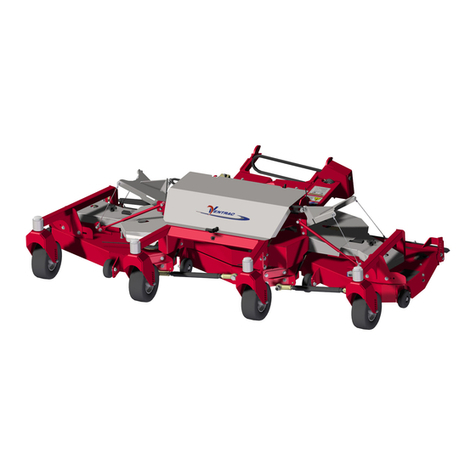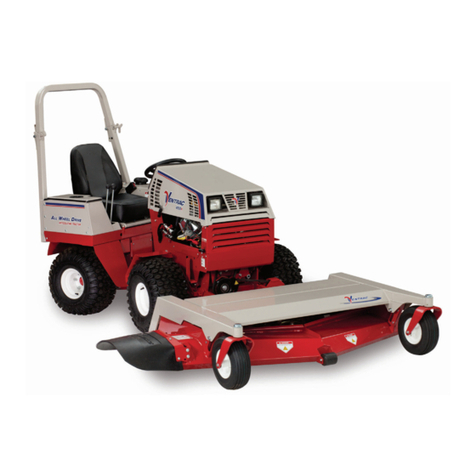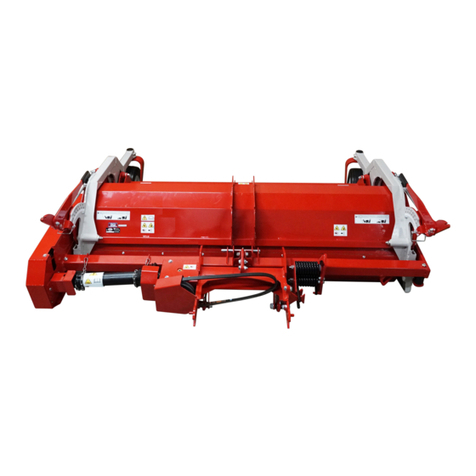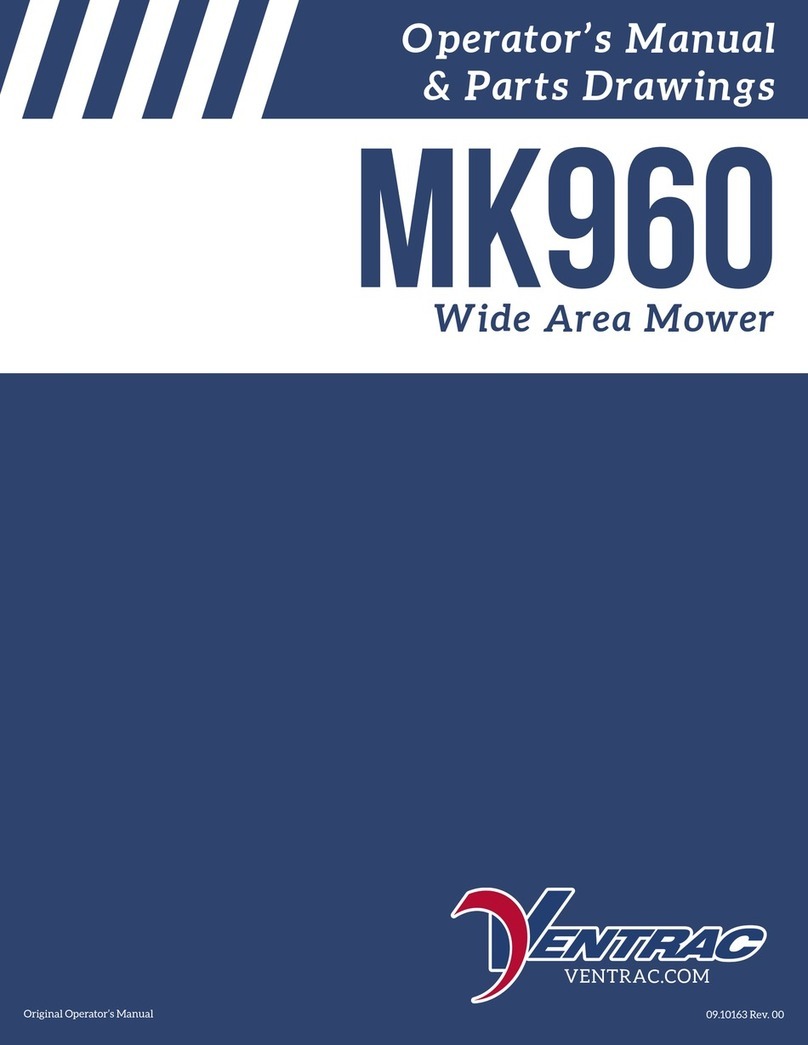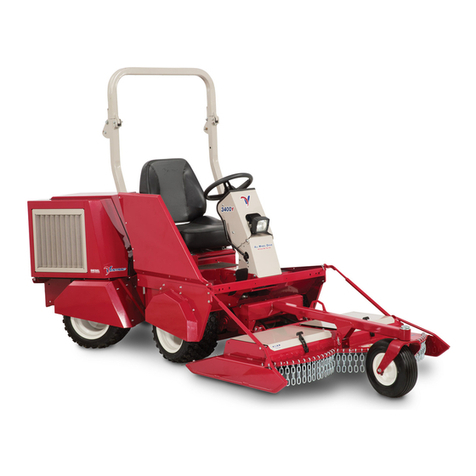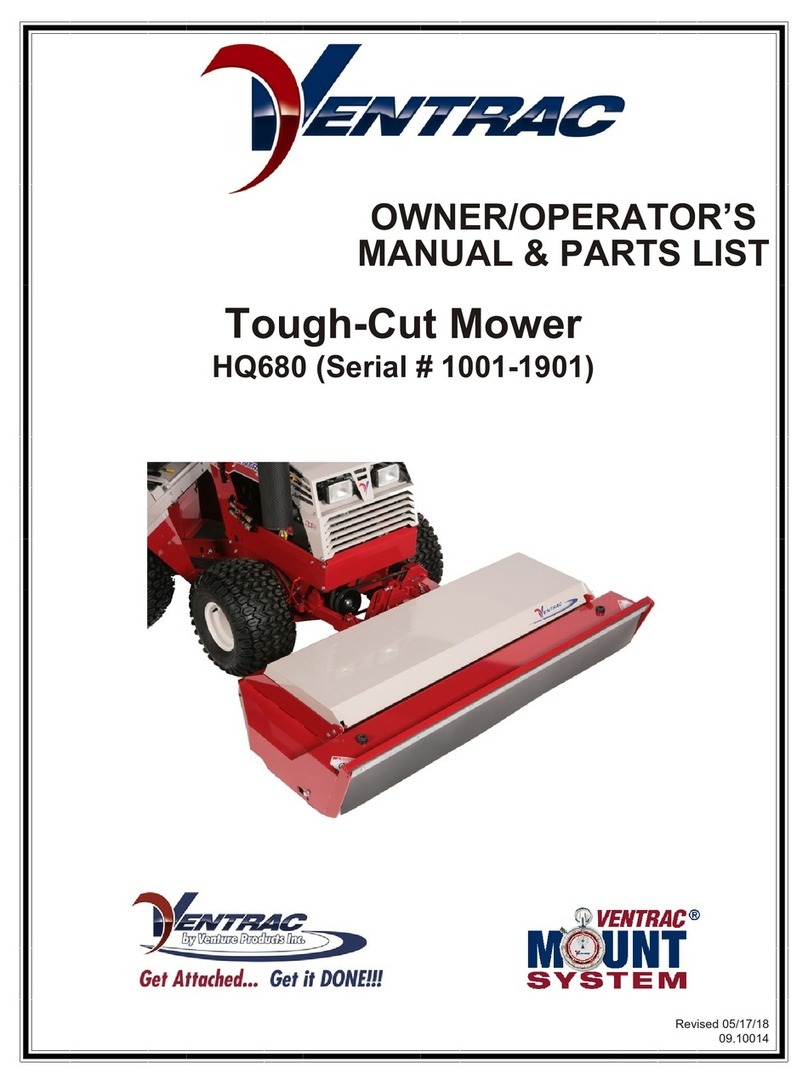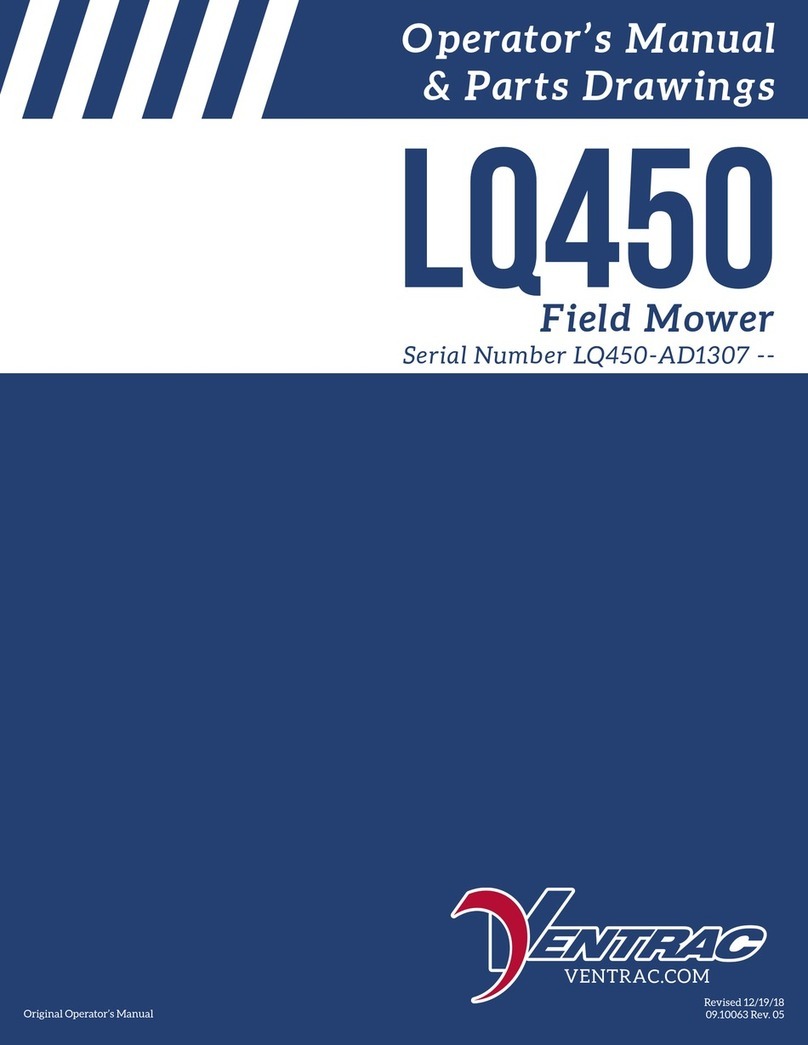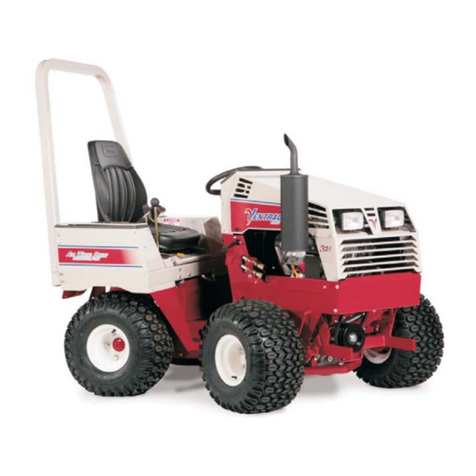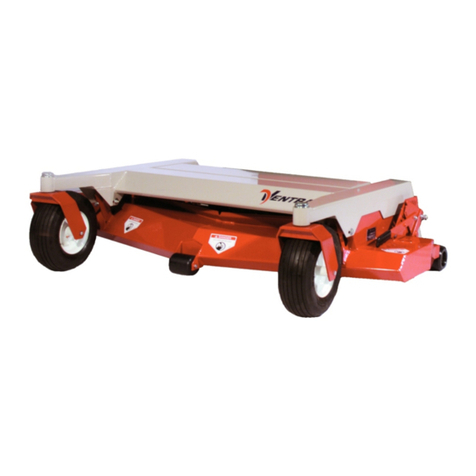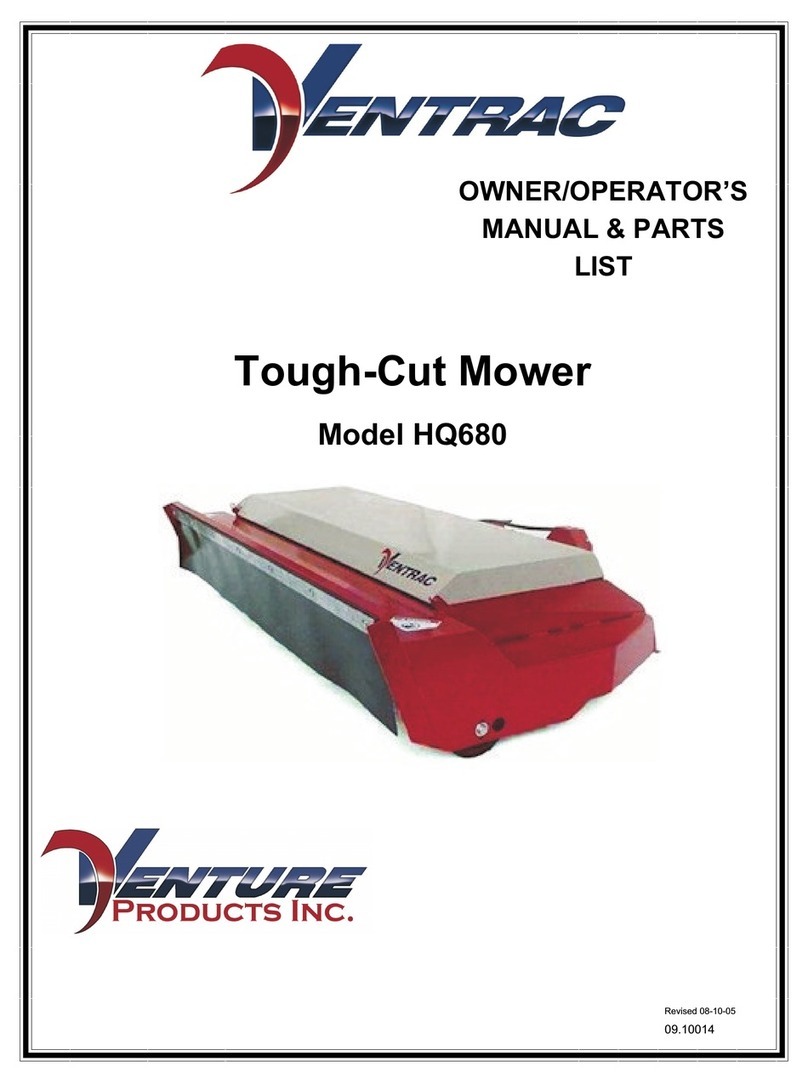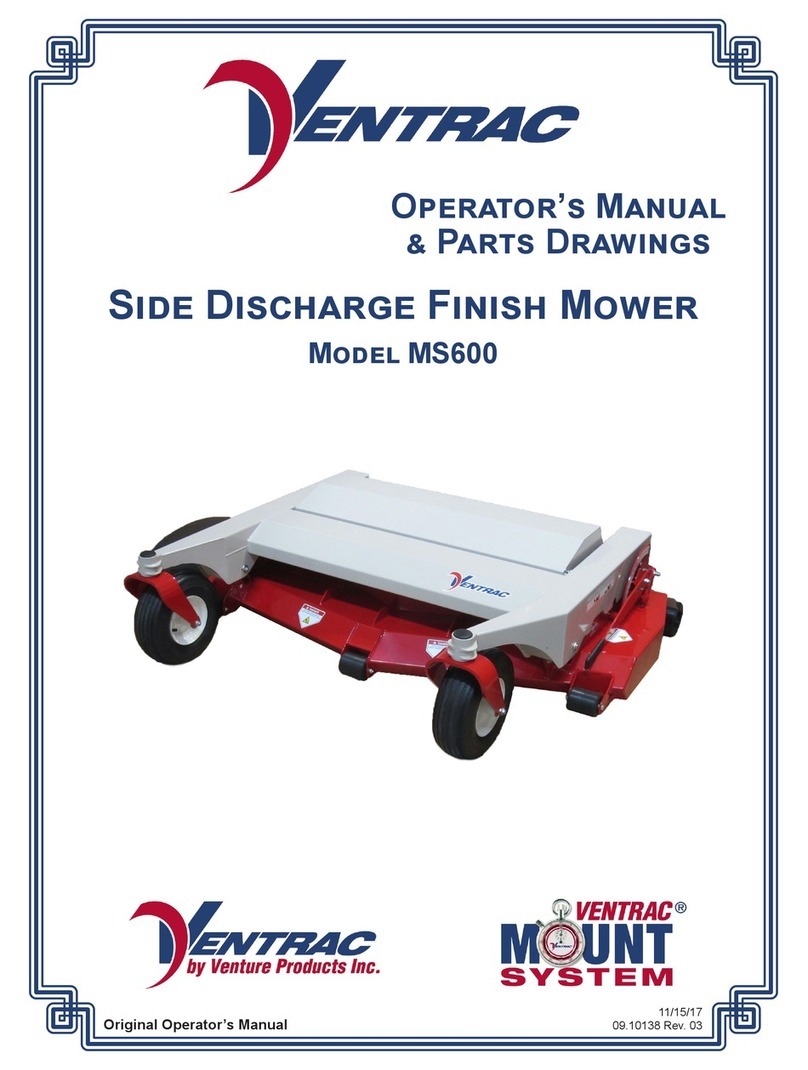
TABLE OF CONTENTS
3
INTRODUCTION PAGE 5
Product Description................................................................................................................................5
Why Do I Need an Operator’s Manual? .................................................................................................5
Using Your Manual.................................................................................................................................6
Manual Glossary ....................................................................................................................................6
SAFETY PAGE 7
Safety Decals .........................................................................................................................................7
Training Required...................................................................................................................................9
Personal Protective Equipment Requirements ......................................................................................9
Operation Safety ....................................................................................................................................9
Preventing Accidents............................................................................................................................10
Keep Riders Off....................................................................................................................................10
Operating On Slopes............................................................................................................................ 11
Roadway Safety................................................................................................................................... 11
Truck Or Trailer Transport .................................................................................................................... 11
Maintenance.........................................................................................................................................12
Fuel Safety...........................................................................................................................................12
Hydraulic Safety ...................................................................................................................................13
Cutting Unit Safety ...............................................................................................................................14
OPERATIONAL CONTROLS PAGE 15
Operational Control Locations..............................................................................................................15
Main Belt Tensioner (A)........................................................................................................................15
Height Adjustment Handle (B)..............................................................................................................15
GENERAL OPERATION PAGE 16
Daily Inspection....................................................................................................................................16
Attaching ..............................................................................................................................................16
Detaching.............................................................................................................................................16
Mowing and Operating Procedure .......................................................................................................16
Transport of Mower ..............................................................................................................................17
Cutting Height Adjustment....................................................................................................................17
SERVICE PAGE 18
Cleaning and General Maintenance.....................................................................................................18
Deck Flip-Up Procedure (Service Position)..........................................................................................18
Mower Blade Removal & Installation ...................................................................................................18
Sharpening Blades...............................................................................................................................18
Belt Inspection......................................................................................................................................18
Deck Belt Replacement........................................................................................................................19
Tire Pressure........................................................................................................................................19
Deck Leveling Procedure.....................................................................................................................19
Lubrication Locations ...........................................................................................................................20
Storage.................................................................................................................................................20
Maintenance Schedule.........................................................................................................................21
Maintenance Checklist.........................................................................................................................21


